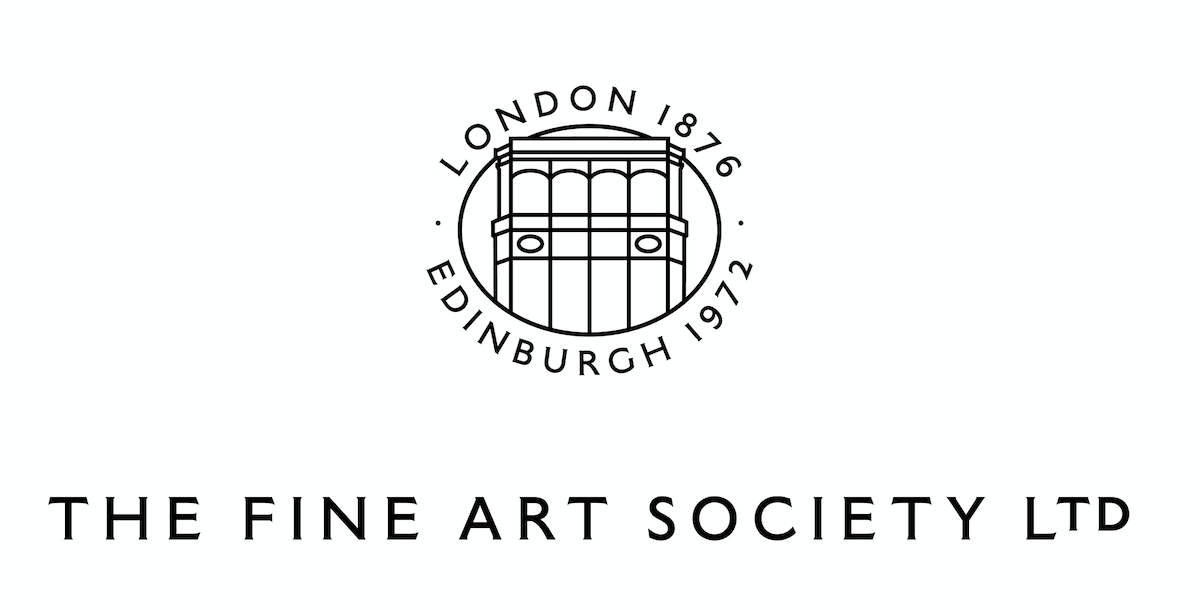NEW DISCOVERIES:
GUTHRIE AND THE GLASGOW BOYS
-
-
When The Glasgow Boys rose to prominence in the 1880s, there was a sense of wonder at how a group of Scottish painters could hold such sway in the academies, salons and secessions of western Europe and North America. The group’s firm grasp on modernity brought a new lease of life to the mêlée of ‘fin de siècle’ styles. Recently, two pictures by Sir James Guthrie have come to light: Boy with a Straw (1886), which was known only by a black and white image; and Cambuskenneth Ferry (1888), which had remained untraced since its execution. Both works were gifted to William Gardiner, the artist’s uncle and patron, during a frustrated creative period for Guthrie, presumably as a way of thanks for his family’s continued support. They have passed down by descent through generations of the Gardiner family, never shown before to the public.
-
The suave modernity of Glasgow and the surrounding area was initially not a thing to celebrate. However, the Glasgow Boys placed themselves at the forefront of British art, primed to take on an aesthetic which signalled the beginnings of modernism in Scotland. Their decision to root themselves in the country was undoubtedly a response to the creative surge from the Continent, which fundamentally changed the way that artists engaged with contemporary life. French Naturalist painter Jules Bastien-Lepage influenced every aspect of their practice and technique; they even adopted his use of broad two-inch brushes. His example of portraying lived experience, particularly rural, rather than urban, swiftly became the criterion The dual influence of Bastien-Lepage and the French Realist painter Gustave Courbet resulted in a renewed artistic conviction for The Boys: contemporary reality could only truly be revealed by depicting an unsentimental record of rural life.
-

-
Commenting on our recent discovery of Guthrie’s Boy with a Straw, leading scholar Kenneth McConkey noted that ‘as his work developed throughout the mid-1880s, Guthrie faced insurmountable difficulties that at one point led him to think of abandoning his career as a painter. The astonishing succès d'estime of his early work could not be sustained and even medium-sized canvases such as Schoolmates (Musée des Beaux Arts, Ghent) took much longer to complete than anticipated, while large works such as Fieldworkers sheltering from a Shower and The Stonebreaker were either delayed, destroyed or dismembered. We should look therefore to the few extant smaller works of these crucial years in order to gain access to Guthrie’s thinking. They reveal a formidable talent at moments when not under strain. Boy with a Straw, dated 1886, has a fresh and fluent handling. Guthrie’s brushwork is sketchy, spontaneous and expressive. The trees may be moving in a light breeze; the haystack and foreground debris are swiftly noted, but the artist sees no reason to sharpen contours or finish forms. This boy might be posing, yet having pulled a piece of straw from the haystack, he now engages both artist and spectator. There may be a story, but it remains untold. Guthrie’s important little canvas coincides with Walton’s A Daydream and may even have suggested what became its essential mise-en-scène. The relationship is obvious: Guthrie’s boy, like Walton’s girl, sits facing the spectator with his legs splayed out, and boots upturned. Beyond the figures in both canvases, a frieze of trees mottles the sky, forming a screen that verges on the decorative. Yet where Walton perfects his picture for exhibition, Guthrie retains that sense of the temporary unfinished encounter. In this brief moment of calm in the summer of 1886, when a boy with a straw in his hand marches up a hillside and sits before him, Guthrie’s realisation was complete – and for Glasgow School painters there was now a new visual turn.’
-
 Sir James Guthrie HRA PRSA HRSW 1859-1930Cambuskenneth Ferry, 1888signedpastel on paper10 x 17 1/2 inches
Sir James Guthrie HRA PRSA HRSW 1859-1930Cambuskenneth Ferry, 1888signedpastel on paper10 x 17 1/2 inches -
-
CLICK HERE TO SIGN UP TO RECEIVE THE FINE ART SOCIETY'S JOURNAL








